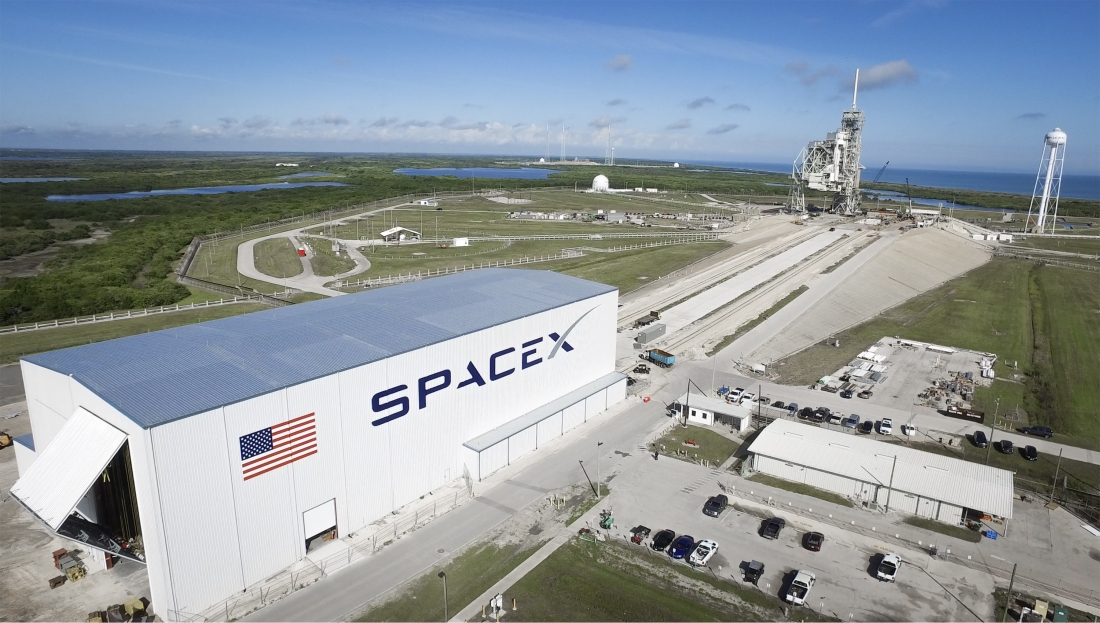SpaceX on Monday said it has concluded the investigation involving the Falcon 9 rocket that exploded during a routine pre-launch test back in September. Furthermore, the space company announced plans to return to flight early next week.
Roughly four months ago, if you recall, a Falcon 9 rocket experienced what SpaceX called an "anomaly" on the launch pad. Said anomaly resulted in the loss of the rocket as well as its payload, an AMOS-6 satellite owned by Spacecom that Facebook intended to use to help deliver Internet connectivity to underserved regions.
In the days following the explosion, SpaceX founder and CEO Elon Musk publicly asked anyone with audio, photos or videos of the incident to send them over to help with the investigation. Musk later said that they hadn't ruled out the possibility that a foreign object may have caused the explosion, an admission that fueled a number of conspiracy theories ranging from foul play on behalf of SpaceX rival United Launch Alliance to alien sabotage.

A joint investigation by the Federal Aviation Administration (FAA), the U.S. Air Force (USAF), the National Aeronautics and Space Administration (NASA) and the National Transportation Safety Board (NTSB) in addition to several industry experts ultimately came to the conclusion that one of the three composite overwrapped pressure vessels (COPVs) inside the second stage liquid oxygen (LOX) tank failed.
Specifically, SpaceX says the failure was likely due to the accumulation of oxygen between the COPV liner and overwrap in a void or a buckle in the liner which led to the ignition and subsequent failure of the COPV. In the long term, the company says it will implement design changes that should prevent similar incidents from happening.
A more detailed explanation of what went wrong can be found in SpaceX's press release on the matter for those wishing to dig a bit deeper.
With the investigation behind it, SpaceX said it aims to return to flight on January 8 with the Iridium NEXT launch from Vandenberg's Space Launch Complex 4E.